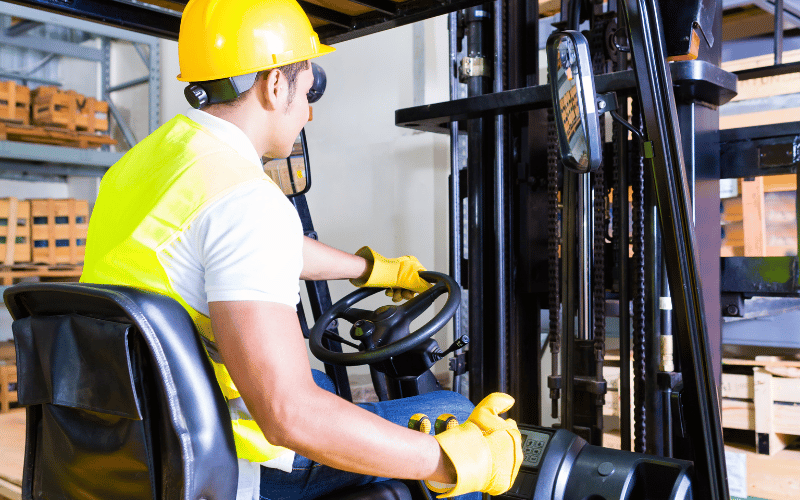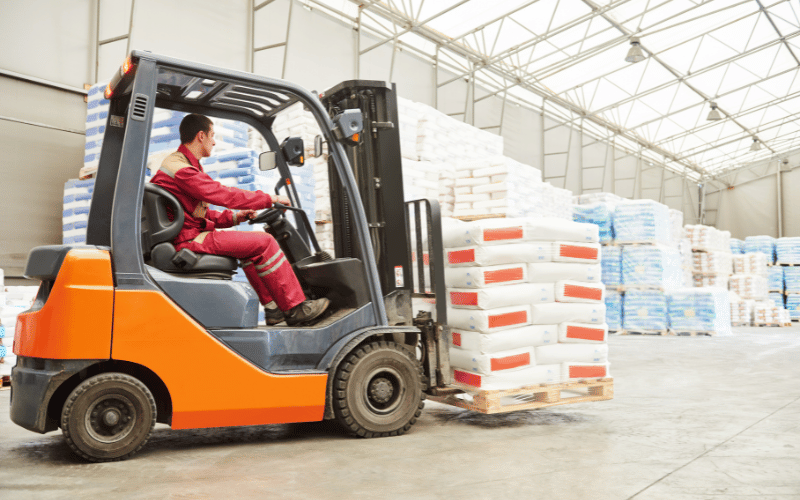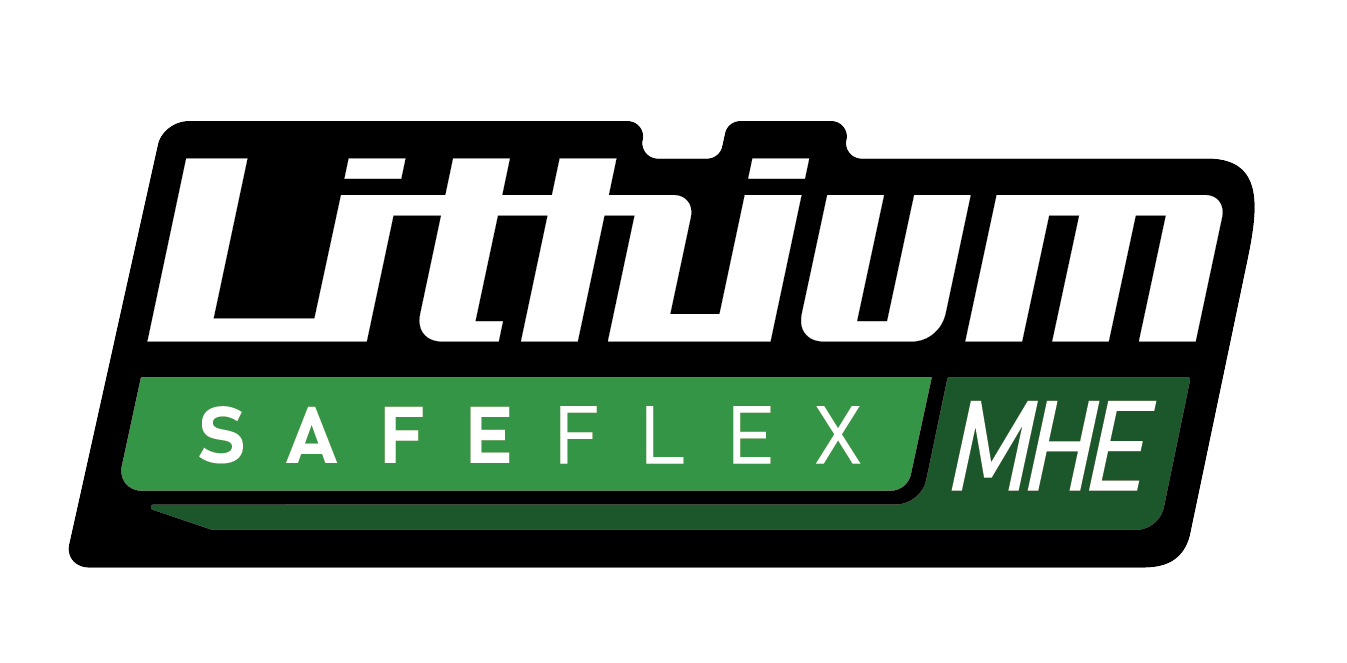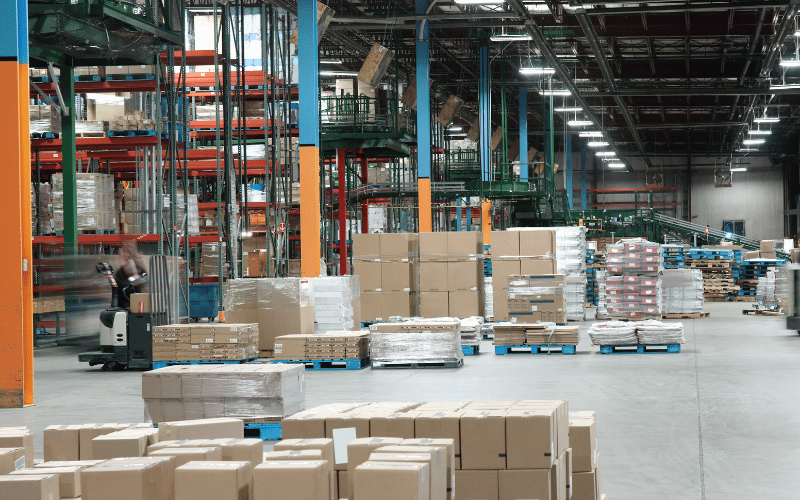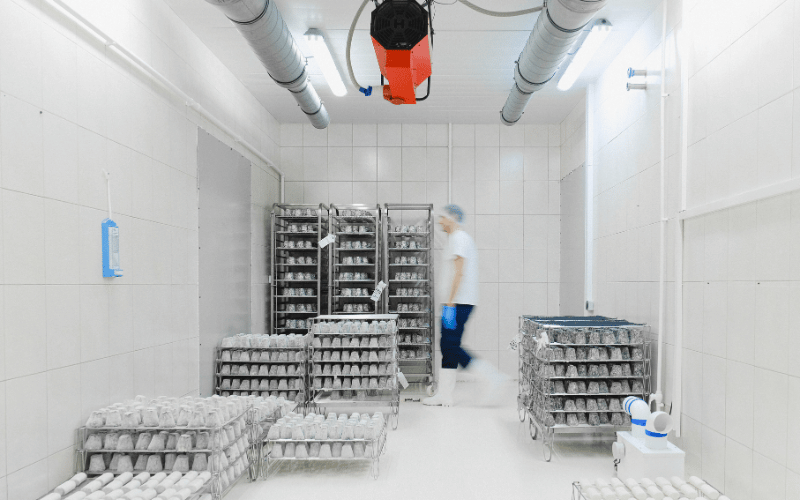Green Cubes Technology is transforming material handling with its innovative kits for battery retrofitting, as featured in Material Handling Product News. These streamlined solutions integrate seamlessly with supplier platforms to boost battery performance and maximize uninterrupted operation. Want to learn how? Click to read the full article! Read More
About Green Cubes Technology
Green Cubes Technology develops and manufactures safe and reliable electrification solutions that enable its OEM and enterprise customers to transition from Lead Acid and Internal Combustion Engine (ICE) power to Lithium-ion battery power. Green Cubes utilizes proven hardware and software platforms to build the most reliable Lithium power solutions in its industries. With employees across six countries, Green Cubes has been producing innovative, high-performance, and high-quality power solutions since 1986.
For more information about Lithium SAFEFlex PLUS and other battery solutions, please visit greencubes.com or email info@greencubestech.com

